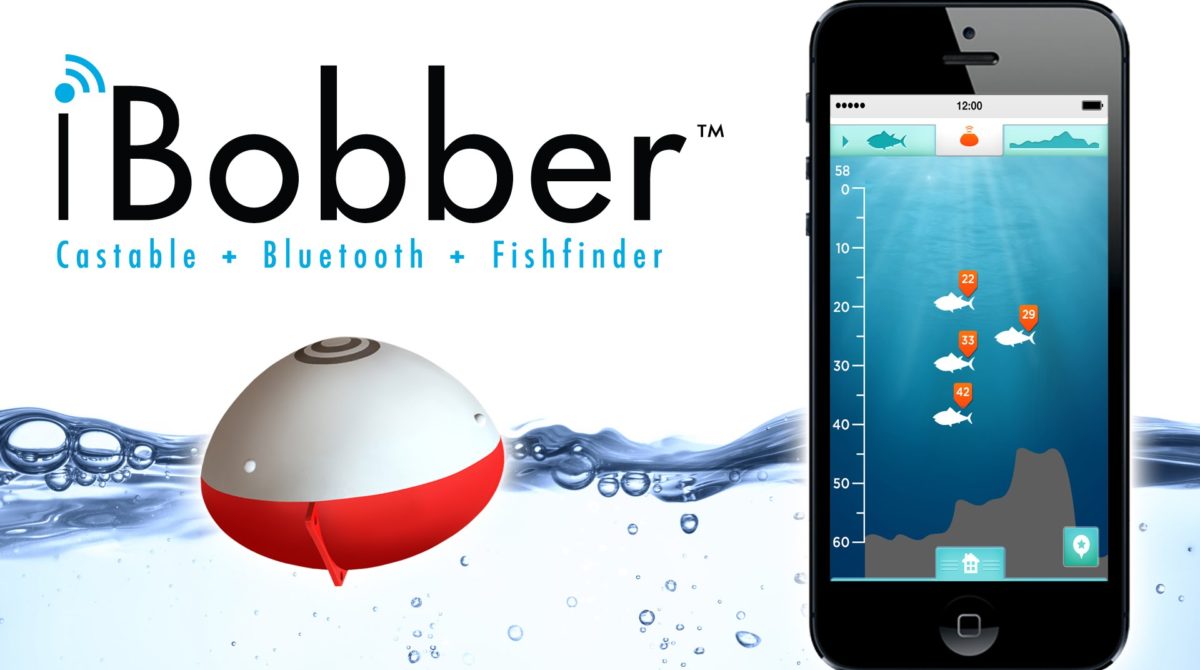If you’re new to fish finders, resist the natural urge to jump straight to the most feature – packed (and expensive) fish finder you can afford. There’s a learning curve on fish finders and you’re better off by becoming very good with basic functions and upgrading later on; than jumping the gun to a high-end model you won’t be able to make the most of.
Whatever your choice, look for these must-have features and make sure you’re getting real value for your money.
The Display
More people are using LCD (Liquid Crystal Display) displays over CRT (Cathode Ray Tube) for very practical reasons. LCDs are more compact, affordable, use less power and can take more abuse from the elements compared to CRTs. The old argument about CRTs being more visible in direct sunlight just doesn’t hold true anymore with some newer LCD models.
Another type of display, typical for “flashers,” use LED (Light Emitting Diode), which has the distinct advantage of providing “real time” or instantaneous readouts plus being better suited for extremely cold temperatures. This makes an LED display perfect for ice FISH FINDER.
Now back to LCDs. So how do you know what to look for in terms of an LCD? Let’s see:
Screen Resolution – Higher resolution usually means a higher price tag but it might be worth it for you to be able to distinguish one object from another based on the colors displayed. You’ll want sharp contrast to go with that.
But the important thing to remember here is that you want the screen resolution with the most vertical pixels you can afford. Although most models have the same number of pixels horizontally and vertically (140×140, 160×160, 240×240 and so on); you should consider something like 240×320 if it’s within your budget. Otherwise, for a beginner, a 160×160 pixel display is a good place to start.
TIP: You can get a pretty good idea how deep your fish are if you set your fish finder to display a depth equivalent to the number of vertical pixels you have. For example, if you set your fish finder to read 320 feet of water and the 50th vertical pixel on your display shows a fish arch, you’ll know how much line to feed to get to the fish.
In the next article, we’ll take a look at other technical considerations in choosing a good fish finder.
